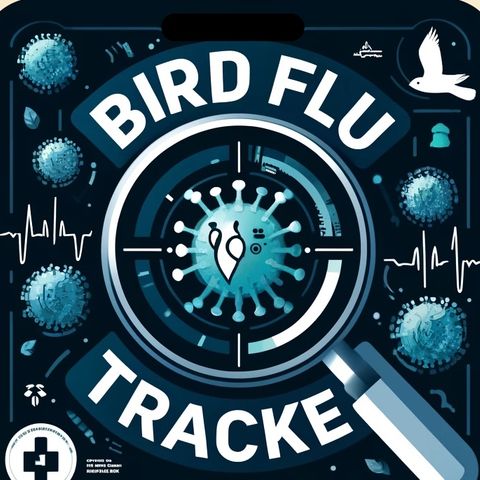Bird Flu update for 09-16-2024

Download and listen anywhere
Download your favorite episodes and enjoy them, wherever you are! Sign up or log in now to access offline listening.
Bird Flu update for 09-16-2024
This is an automatically generated transcript. Please note that complete accuracy is not guaranteed.
Description
Recent reports have raised alarms about cases of bird flu found in humans, continuing a concerning trend of zoonotic diseases that could potentially leap from animal hosts to human populations....
show moreBird flu, also known as avian influenza, primarily affects birds, including domestic poultry and wild birds. However, certain strains have shown the capability to infect humans. The primary concern among health experts is the virus mutating in a way that allows it to spread more readily between humans. Such mutations could potentially lead to a pandemic, similar to past outbreaks such as the H1N1 flu pandemic in 2009.
The cases of human infection reported recently typically involve direct contact with infected birds, whether these are in live bird markets or in rural areas where domestic poultry is kept. Symptoms in humans have ranged from mild respiratory issues to severe and potentially fatal complications.
Health authorities worldwide are on high alert, conducting thorough investigations to determine the mode of transmission in these cases. If person-to-person transmission is confirmed, it could necessitate a reevaluation of current bird flu containment and prevention strategies. This would mean not only stricter controls on poultry farms but also possibly enhanced screening and containment measures in human populations to prevent a broader outbreak.
Public health organizations, including the World Health Organization, continually monitor influenza viruses. Their efforts include surveillance of animal populations for outbreaks, rapid reporting and genetic sequencing of virus samples, and development of potential vaccines. These measures are crucial in providing early warnings about the potential for viruses to spread to humans and responding swiftly when they do.
The current situation underscores the need for robust animal disease surveillance systems and strong cooperation between veterinary and human health sectors. Improved biosecurity measures on farms, especially in regions where bird flu is common, are also vital. Additionally, public awareness and education on avoiding contact with sick animals and ensuring proper cooking of poultry and eggs can help reduce the risk of transmission.
As the investigations continue, it becomes increasingly essential for transparency and timely communication from health authorities to the public to both inform and implement necessary preventive measures effectively.
Information
| Author | QP-3 |
| Organization | William Corbin |
| Website | - |
| Tags |
Copyright 2024 - Spreaker Inc. an iHeartMedia Company
